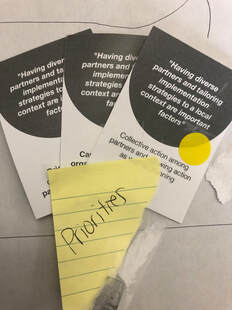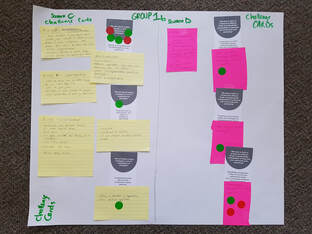|
/ Adaptation, implementation and evaluation of a comprehensive community intervention model to reduce opioid-related harm (Capacity Building Model)
|
/ Collaborators: Dr. Pamela Leece (Public Health Ontario), Dr. Kate Sellen, Canadian Association of People who use Drugs (CAPUD)
/ Sponsor: Public Health Ontario (PHO) |
Proudly powered by Weebly


